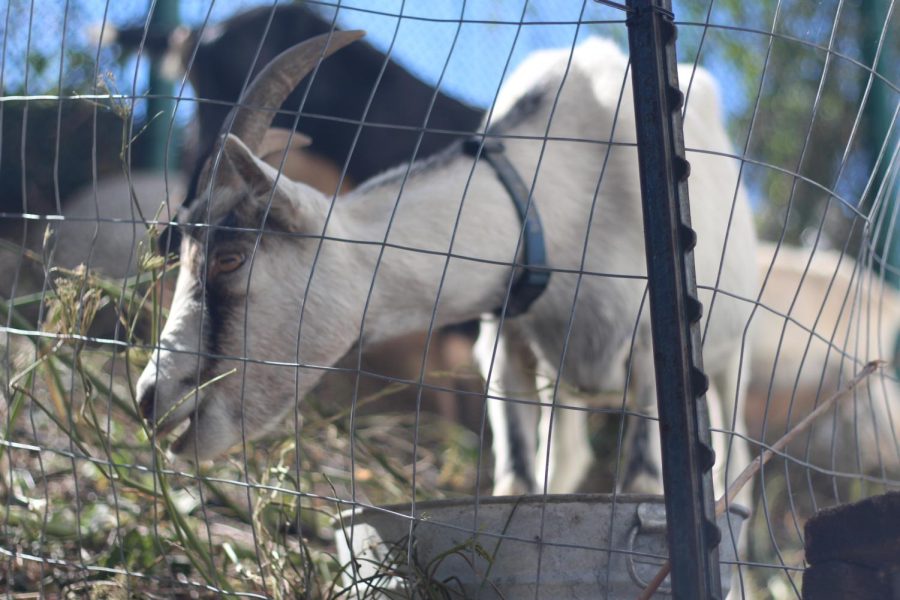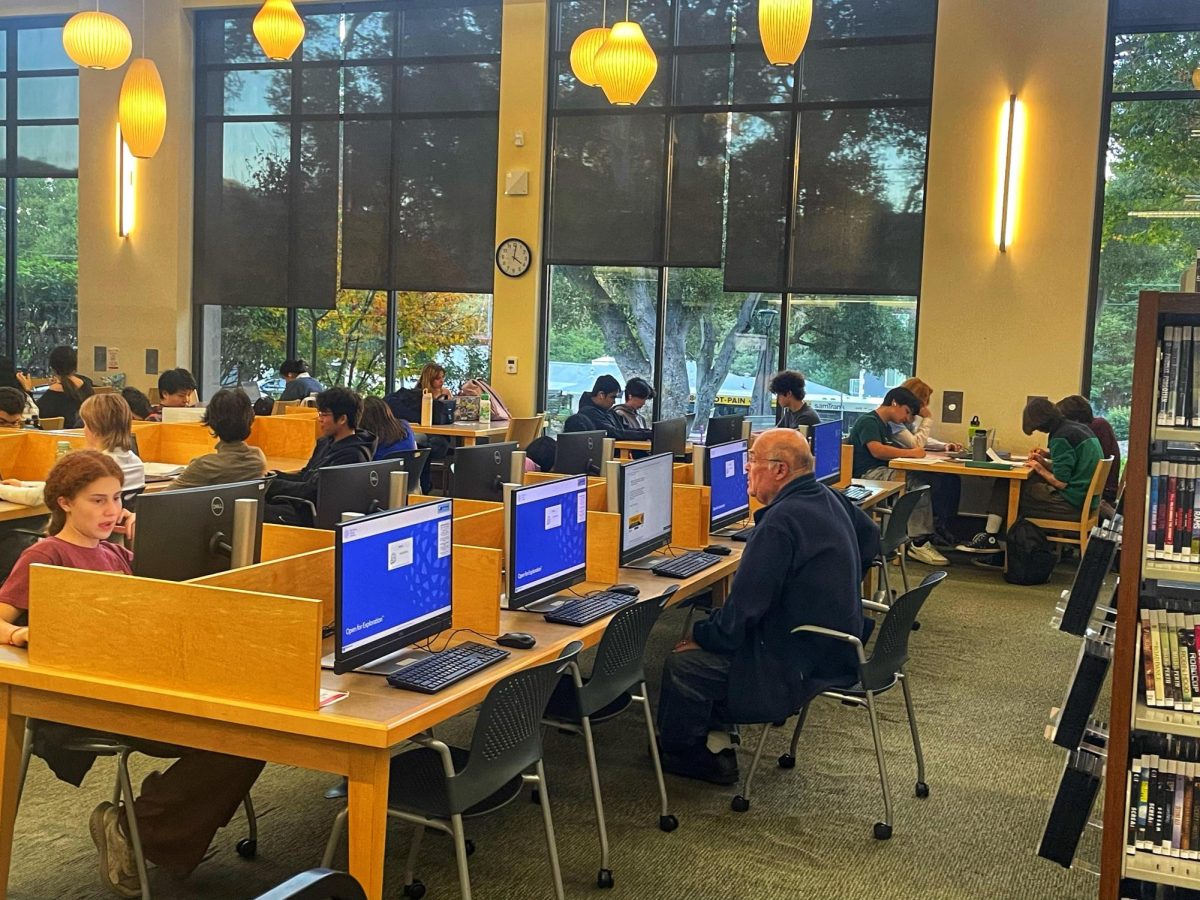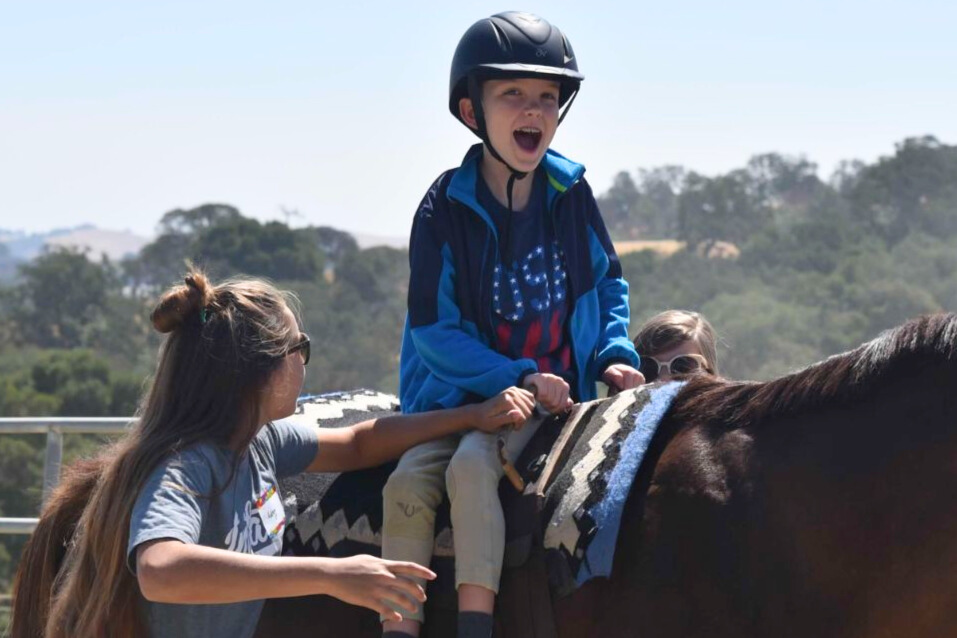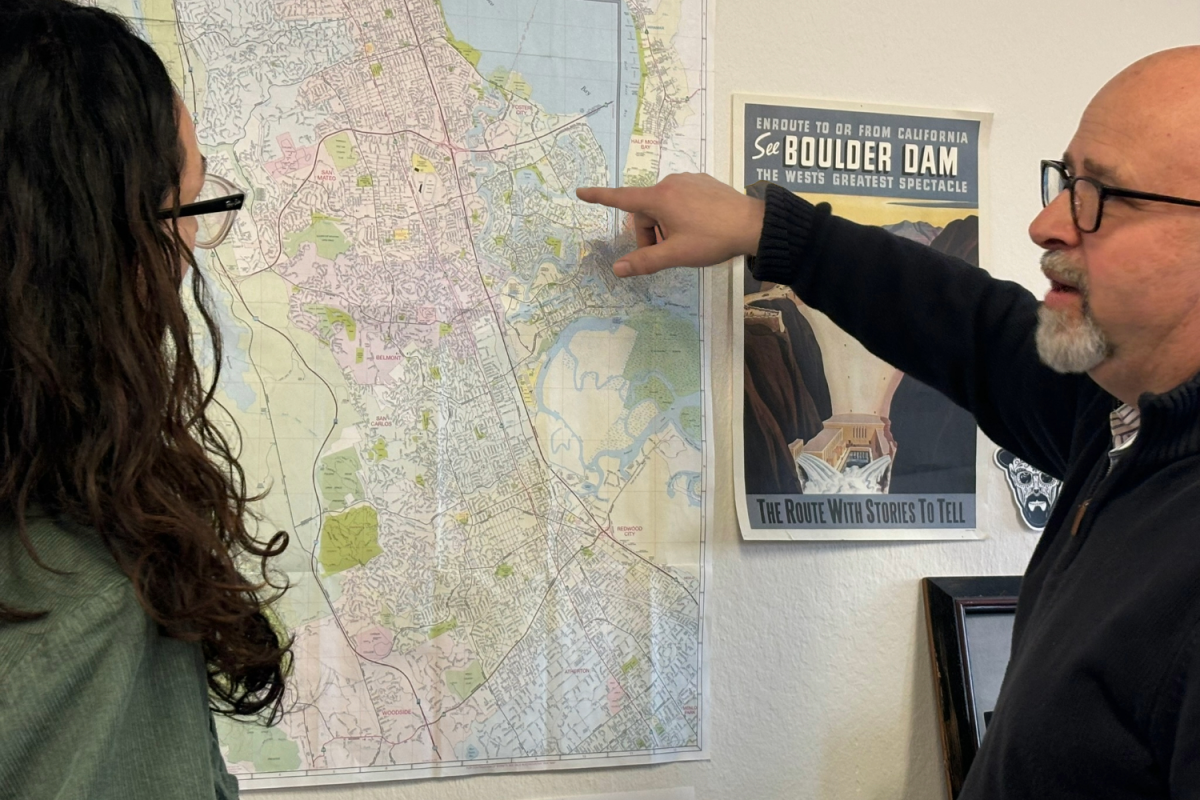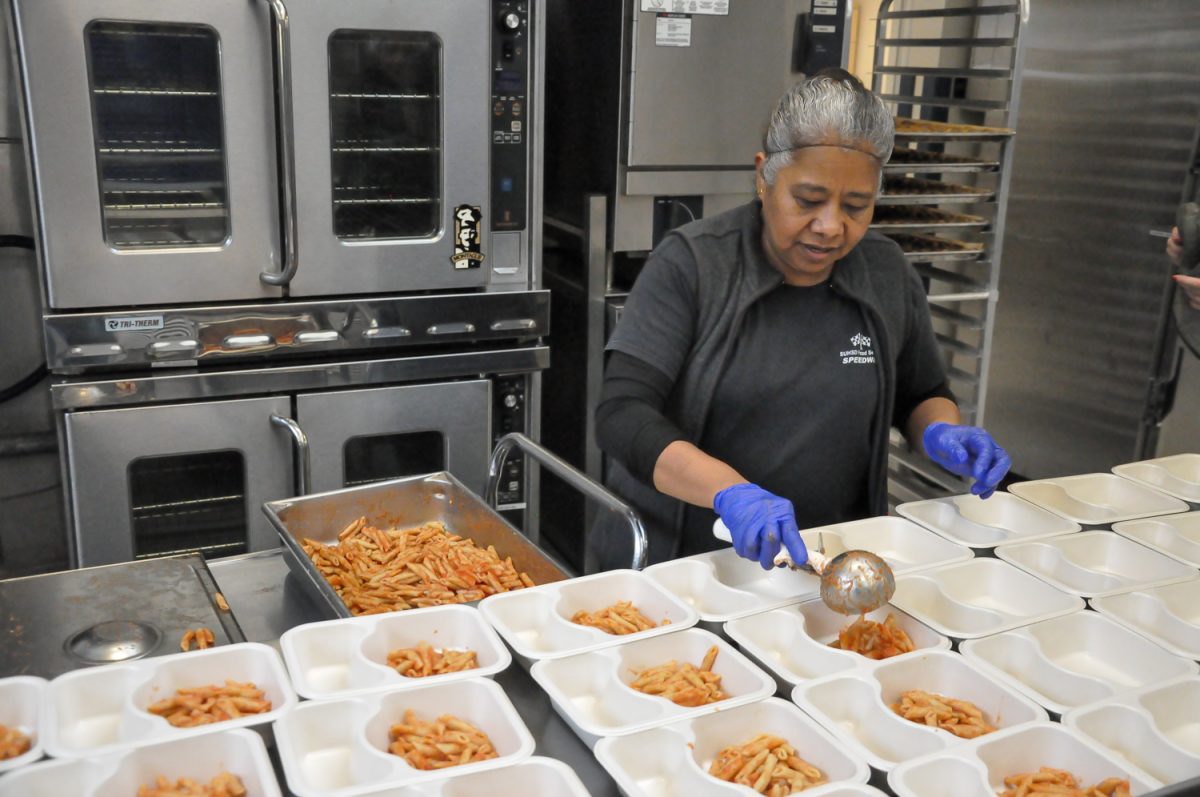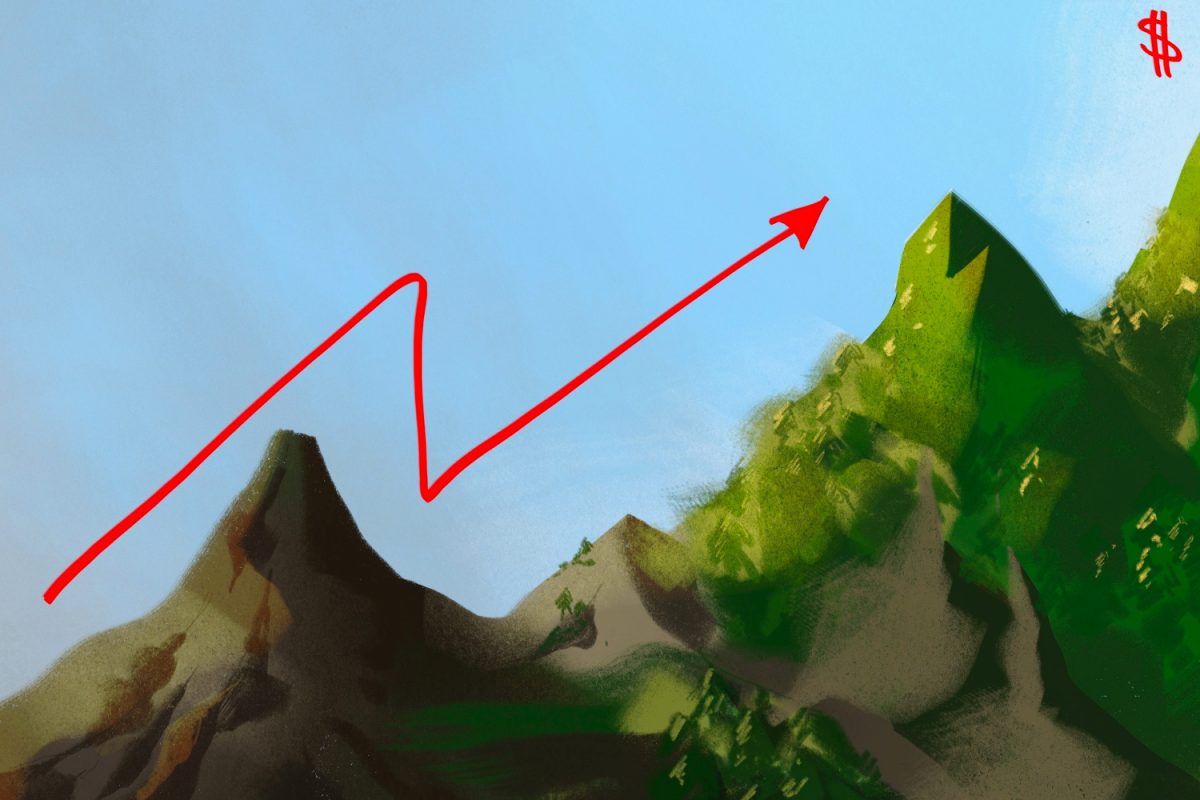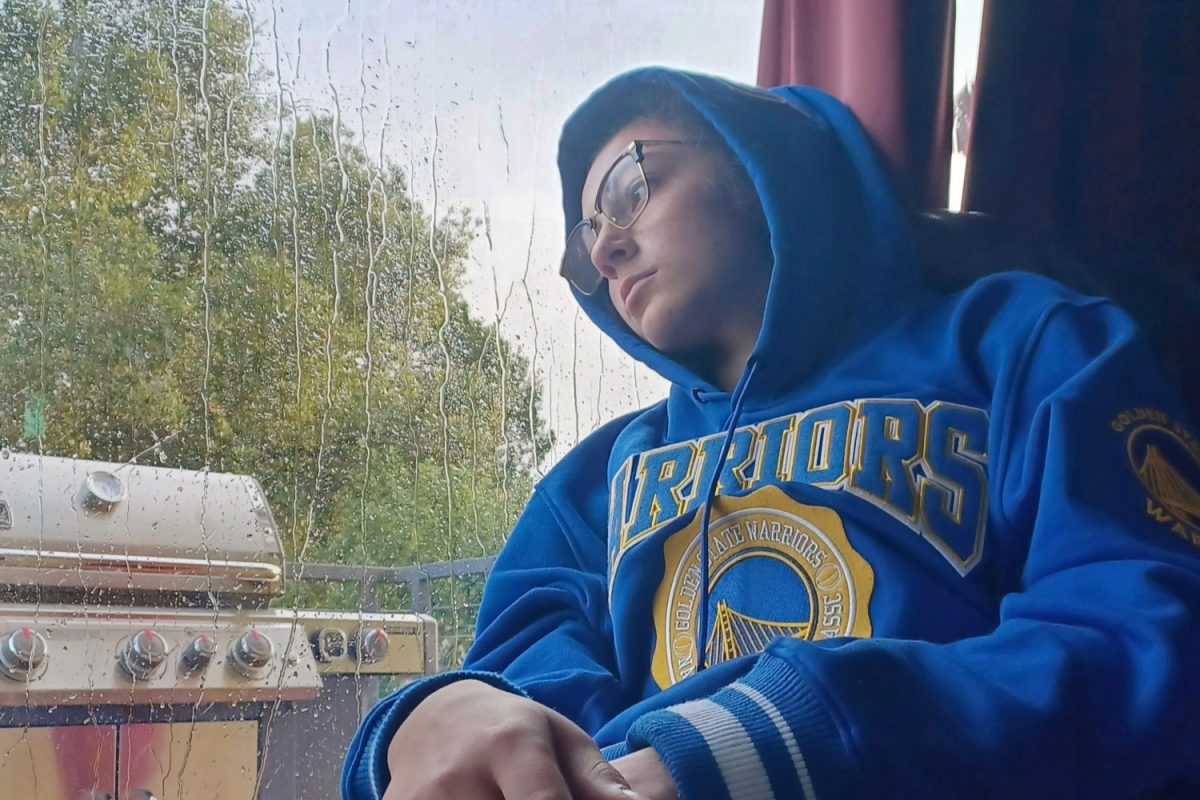With California fire seasons becoming more extreme, there has been an increased focus on fire prevention efforts. One such effort is pretty unconventional, considering it quite literally, devours the fire risk.
What is this magical solution?
Goats.
Some people might spot a pack of goats in their neighborhood, grazing on a patch of grass. Athea Koester, a Carlmont senior, is one of these lucky individuals. She described the experience of spotting a herd of goats near Fox Elementary School.
“It was kind of weird. It’s like, ‘Oh my god, there are goats on the side of the road,’” Koester said. “I figured that they were there to prevent fires. I thought it was funny since it’s almost like they’re being employed, which is a funny thing for goats to be.”
While these goats are not legally employed, the concept is not far off. Many herds of “employed” goats come from landscaping companies specializing in goat grazing and fire prevention.
One of these organizations is City Grazing, a San Francisco-based nonprofit focused on using goat grazing to help prevent fires and invasive species in San Francisco and throughout the Bay Area.
Genevieve Church, the executive director of City Grazing, explained what makes goats a better alternative to other fire prevention methods.
“Like any method of removing dry vegetation from land, you’re removing the fuel. The other side with the goats is that you’re turning that fuel into a soil amendment, which is their poop,” Church said. “It adds more moisture to the soil and creates more fertility in the perennial plants, which allows them to have deeper roots, holding more moisture in the soil. That can seem like a small thing, but when you have healthier trees, they’re less likely to burn.”
Additionally, she explained the method for getting the animals to and from their grazing locations throughout San Francisco and San Mateo counties.
“We ended up converting a box truck to a mobile barn, and so we put a ventilation system in it, and it’s just a lot cozier,” Church said. “It’s got ventilation inside, so they’re getting nice fresh air.”
Once goats are out on the field, they bring joy to the wider community and their contractor. Jonathan Perrin, the Peninsula Land Manager for the San Francisco Public Utilities Commission, explained why they can be a helpful alternative to other methods.
“We utilize goat grazing services to manage several areas along our wildland-urban interface. We have sections of land that are hard to get to using other mechanical means,” Perrin said. “They do a good job of working on steep slopes. So they’re a great tool to do work in general.”
Another reason goats are a popular tool is the variety of foods they can eat. According to the University of California’s Agricultural and Natural Resources page, goats are known to eat shrubs and grasses, which are the main groups targeted when preventing fire risks.
A 2003 study from the Golden Gate Field Station and UC Berkeley looked at fire risks in the Bay Area and noted that shrubland areas had the highest risk of fire hazards. The study also indicated that shrubland ecosystems are increasing in the Bay Area, leading to more prevalent fire danger.
Church has noticed this shift within the bay’s climate, explaining what makes shrubland ecosystems more flammable.
“City grazing has been around for about 10 years, but climate shift has changed our weather so much,” Church said. “We get a lot of shrub development and hotter weather than we used to have. That’s causing a different type of drying in those areas, making them more flammable and more of a concern.”
While goats are a great tool to attack these shrubland fire hazards, the use of goats, like all things, has drawbacks.
For instance, the University of California noted that certain livestock could be affected by the lack of nutrition from eating the same type of plant and dangers from predation when in open areas.
Church provided insight into this limitation and what she does to ensure her goats are safe from predators and toxic plants.
“We’re always fencing, which is really important,” Church said. “We set our fencing not just to contain the goats but also to create safety so that dogs can’t get in, predators hopefully can’t get in, and so that they are away from toxic plants.”
Also, as Perrin mentioned, goats often avoid plants with too much of a woody component, which is when other fire prevention methods can be used, like mastication, planned burns, and mowing.
Perrin noted that all these methods have their benefits, and it’s all about finding the best plan for a specific situation.
“We have to utilize what is best for that area based on topography, fuels that are there, and annual cycles, and so it’s just it’s really important to utilize what’s most efficient and least impactful,” Perrin said.
While goats may not be perfect for all situations, there is no doubt that goat grazing has its benefits in various ways, from preventing the spread of fires in the community to initiating a smile when one sees them chomping away.
“They’re pretty cute,” Koester said. “It’s like a highlight. If you’re driving by and you unexpectedly see some goats, it can make your day.”


